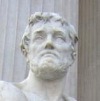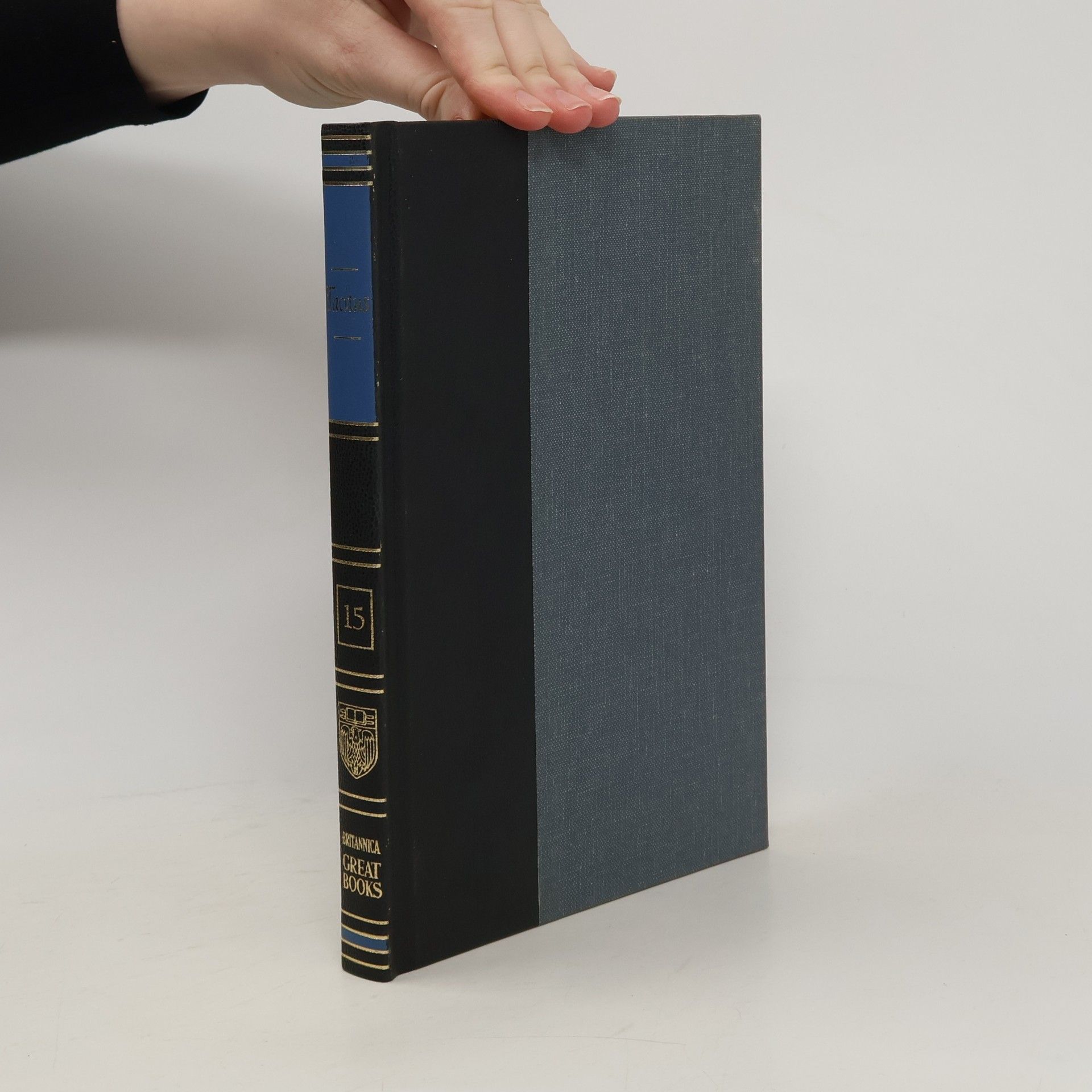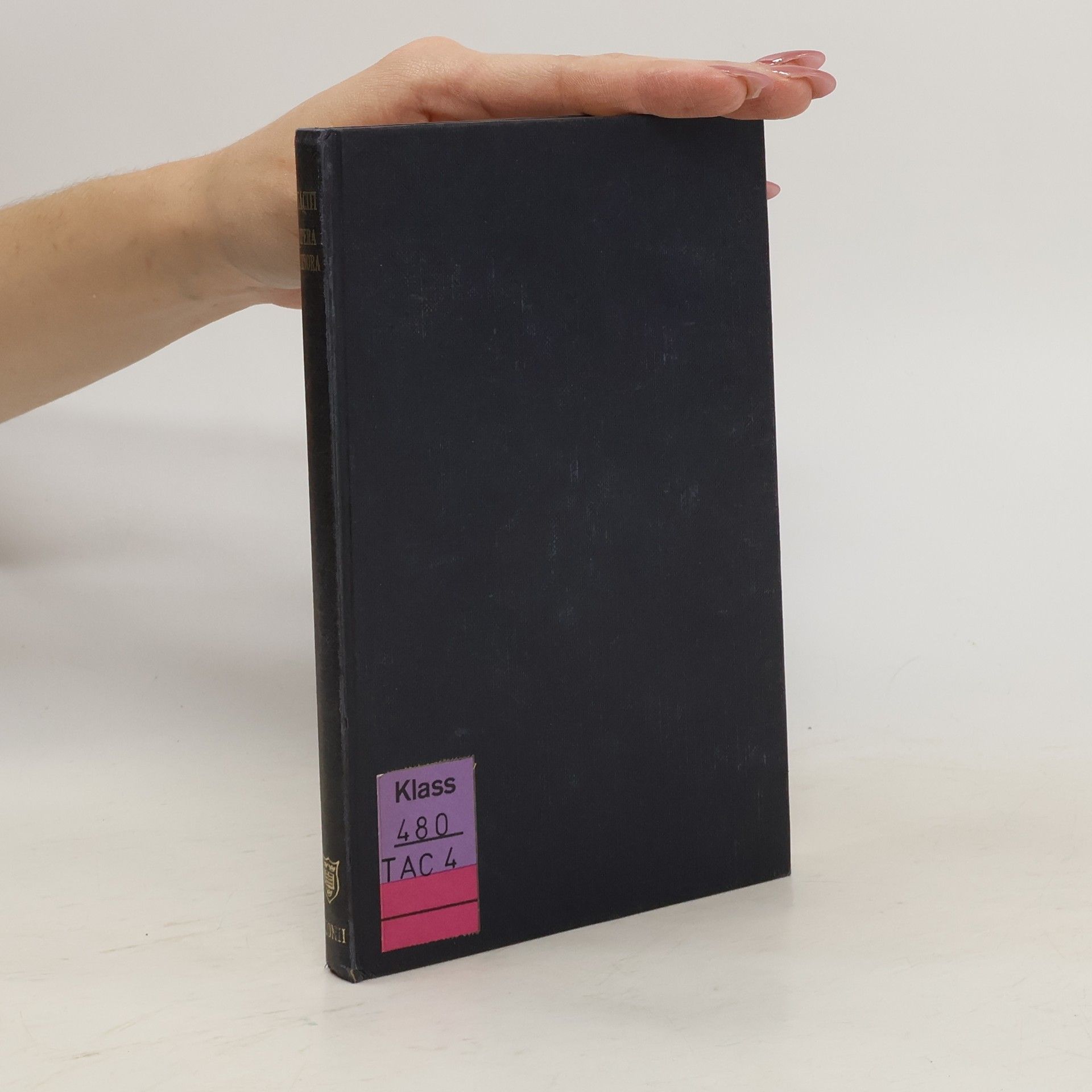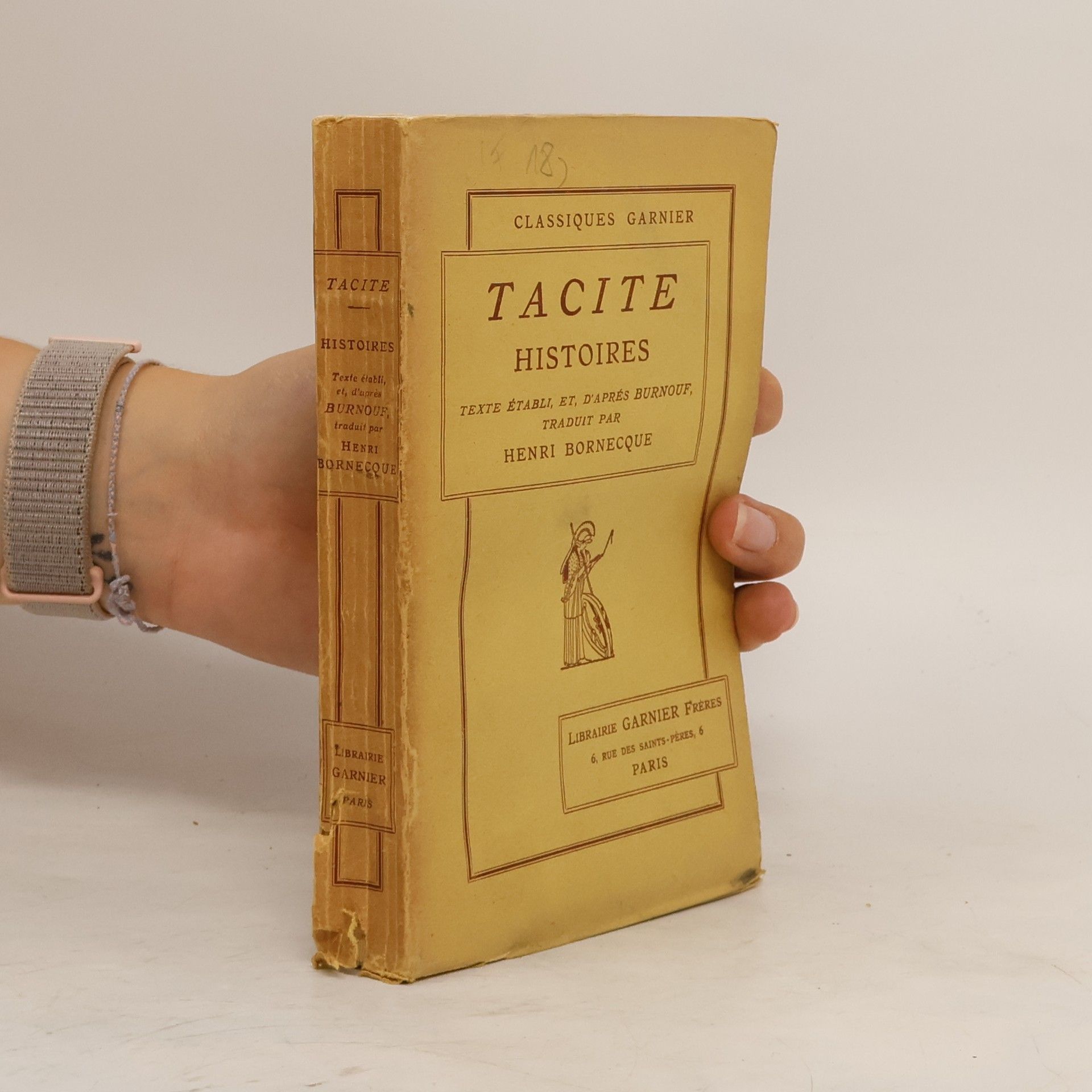Histoires
- 442pages
- 16 heures de lecture
Publius Cornelius Tacitus était un sénateur et historien romain écrivant à la fin de l'Âge d'Argent de la littérature latine. Ses œuvres survivantes examinent les règnes des empereurs de la mort d'Auguste jusqu'à la Première Guerre judéo-romaine. L'écriture de Tacite se distingue par son audace et sa perspicacité, avec une utilisation compacte et parfois non conventionnelle du latin. Il a également exploré l'art oratoire, les origines des peuples germaniques et la vie de son beau-père.







Texte Latin
This is a pre-1923 historical reproduction that was curated for quality. Quality assurance was conducted on each of these books in an attempt to remove books with imperfections introduced by the digitization process. Though we have made best efforts - the books may have occasional errors that do not impede the reading experience. We believe this work is culturally important and have elected to bring the book back into print as part of our continuing commitment to the preservation of printed works worldwide.
Cornelius Tacitus, Rome's greatest historian, was inspired to take up his pen when the assassination of Domitian ended `fifteen years of enforced silence'. Agricola is the biography of his late father-in-law and an account of Roman Britain. Germania gives insight into Rome's most dangerous enemies, the Germans, and is the only surviving specimen from the ancient world of an ethnographic study. Each in its way has had immense influence on our perception of Rome and the northern `barbarians' and the edition reflects recent research in Roman-British and Roman-German history.
Tacitus' Annals of Imperial Rome recount the major historical events from the years shortly before the death of Augustus up to the death of Nero in AD 68. With clarity and vivid intensity he describes the reign of terror under the corrupt Tiberius, the great fire of Rome during the time of Nero, and the wars, poisonings, scandals, conspiracies and murders that were part of imperial life. Despite his claim that the Annals were written objectively, Tacitus' account is sharply critical of the emperors' excesses and fearful for the future of Imperial Rome, while also filled with a longing for its past glories.
Chariot-racer, poet, performer and reveller Nero dominated Rome during his erratic and divisive reign. He was the murderer of, among many others, his own mother, brother and wife, but the plot to kill him, supported by Roman officers and philosophers alike, foundered in yet more bloodshed, including the death of Seneca. Tacitus' lively account of the politics and figures of the time, and of the fire that consumed much of Rome in AD 64, is taken from The Annals of Imperial Rome, translated by Michael Grant.
Exploring the lands and customs of Germanic tribes, Germania provides insights into their unique laws and societal structures. In contrast, Agricola focuses on the life of Gnaeus Julius Agricola, a notable Roman general and Governor of Britain, highlighting his military achievements and governance. Together, these works offer a rich perspective on the interactions between Roman and Germanic cultures during ancient times.
The narrative centers on Gnaeus Julius Agricola, a Roman general and politician pivotal in the Roman conquest of Britain. Hailing from a senatorial family, he embarked on his military journey as a tribune under Governor Gaius Suetonius Paulinus. The book explores his significant contributions and strategies that shaped the Roman presence in Britain, highlighting both his military prowess and political acumen.